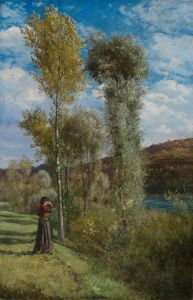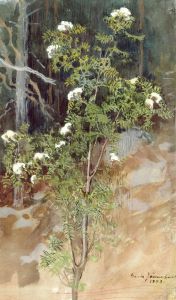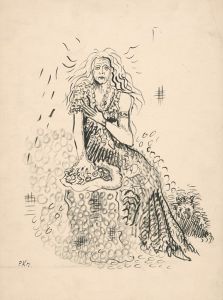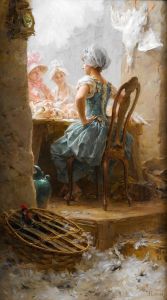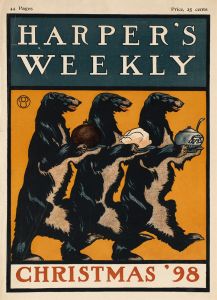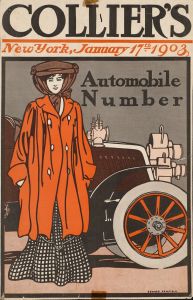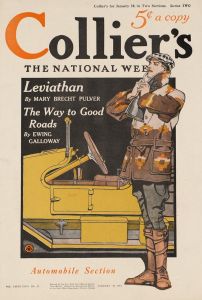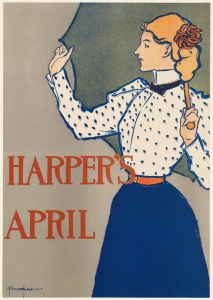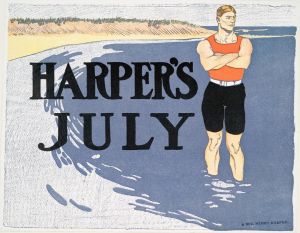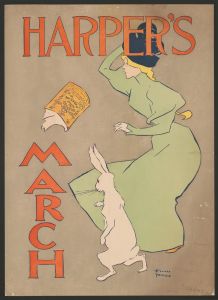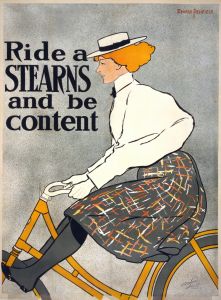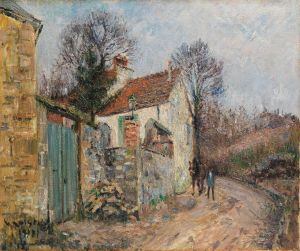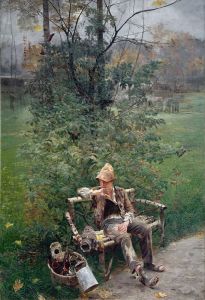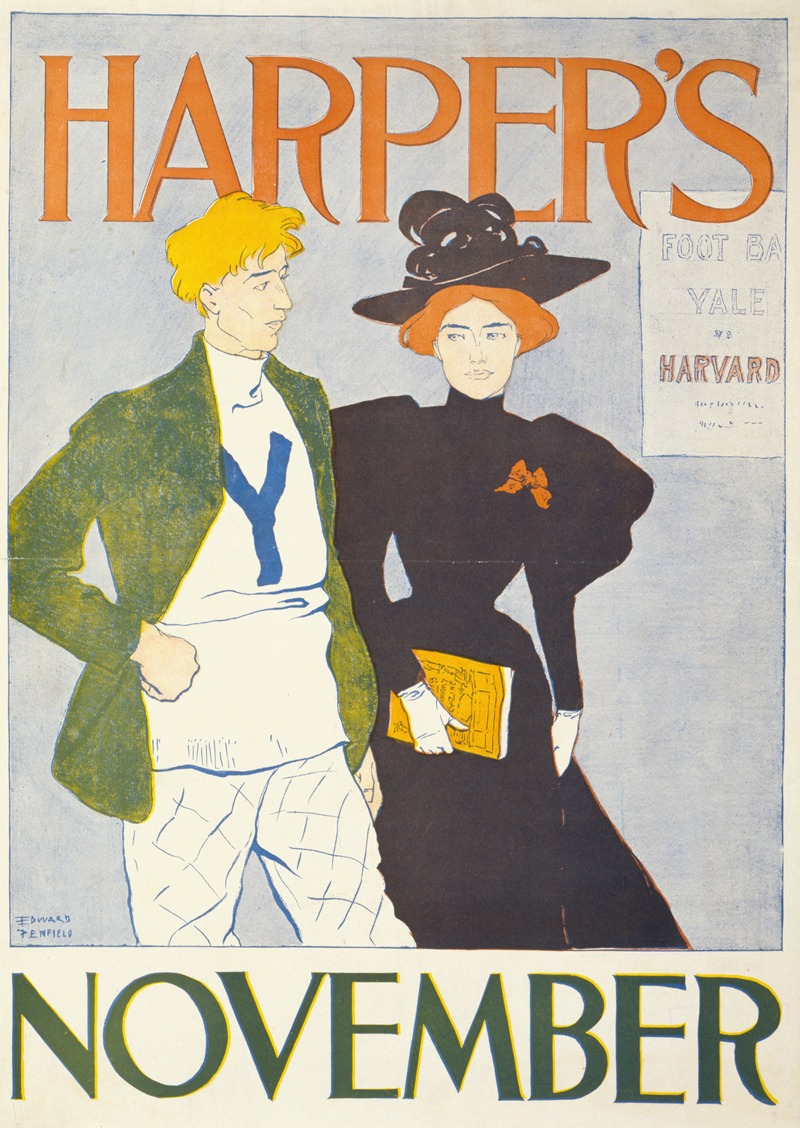
Harper’s November
A hand-painted replica of Edward Penfield’s masterpiece Harper’s November, meticulously crafted by professional artists to capture the true essence of the original. Each piece is created with museum-quality canvas and rare mineral pigments, carefully painted by experienced artists with delicate brushstrokes and rich, layered colors to perfectly recreate the texture of the original artwork. Unlike machine-printed reproductions, this hand-painted version brings the painting to life, infused with the artist’s emotions and skill in every stroke. Whether for personal collection or home decoration, it instantly elevates the artistic atmosphere of any space.
Edward Penfield's Harper’s November is a notable work of American graphic design, created in 1895 as a cover illustration for Harper’s Magazine. Penfield, often regarded as one of the fathers of American poster art, was the art director for Harper’s Magazine during the 1890s. His work played a significant role in shaping the visual identity of the publication and in popularizing the art of poster design in the United States.
Harper’s November exemplifies Penfield's signature style, which combined bold, simplified forms with a strong sense of composition and a focus on readability. The illustration features a woman dressed in autumnal attire, holding an issue of Harper’s Magazine. The figure is depicted in a flat, graphic style, with minimal shading and a limited color palette dominated by warm, earthy tones. This approach reflects the influence of the Art Nouveau movement and the Japanese woodblock prints that inspired many artists of the period.
The image was designed to be both visually striking and functional, serving as an advertisement for the magazine while also embodying the seasonal theme of November. Penfield’s covers often depicted contemporary scenes or figures engaging with the magazine itself, creating a self-referential and modern aesthetic that appealed to the publication’s readership.
Penfield’s work for Harper’s Magazine is considered a milestone in the history of American illustration and graphic design. His covers helped elevate the status of commercial art, demonstrating that advertising materials could also be works of artistic merit. Harper’s November is a prime example of this, blending artistic innovation with practical application.
Today, Harper’s November and other works by Edward Penfield are celebrated as important contributions to the Golden Age of Illustration, a period spanning the late 19th and early 20th centuries when illustrated publications flourished in the United States. Penfield’s designs remain influential, and his work is studied for its historical significance and its impact on the development of modern graphic design.
No additional biographical or contextual details about the specific creation of Harper’s November are widely documented, but the piece continues to be recognized as a classic example of Penfield’s artistry and his role in the evolution of American visual culture.





